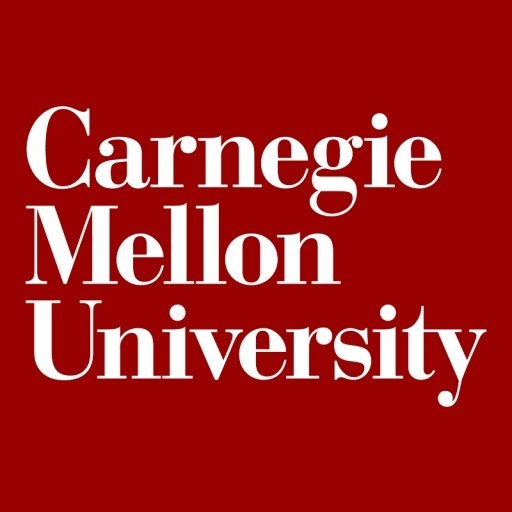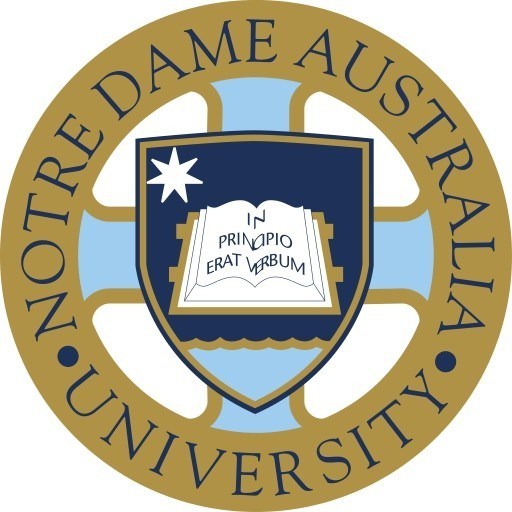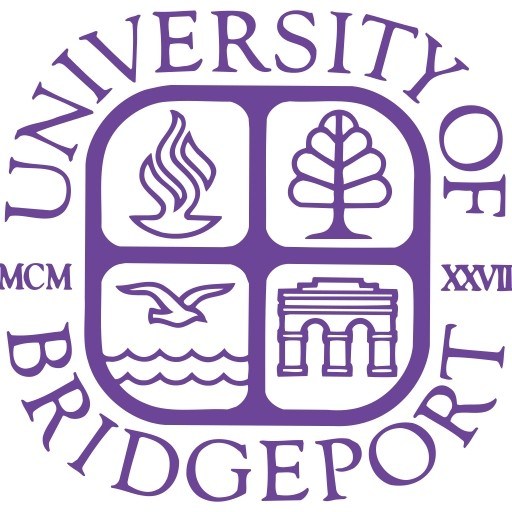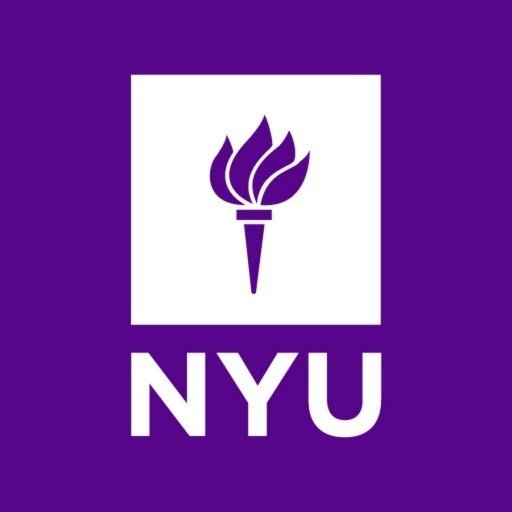Photos of university / #uofmichigan
The Bachelor of Fine Arts (BFA) in Art and Design at the University of Michigan—Ann Arbor offers students a comprehensive and innovative education in the visual arts, preparing them for careers in diverse creative fields. This program emphasizes both foundational skills and experimental practices, fostering artistic development through a combination of studio coursework, critical theory, and professional practice. Students have the opportunity to engage with a broad spectrum of mediums, including drawing, painting, sculpture, printmaking, digital media, and interdisciplinary approaches, allowing for personalized exploration and creative growth.
The curriculum is designed to cultivate technical proficiency, conceptual thinking, and a reflective artistic process. Throughout their studies, students participate in rigorous studio classes, critique sessions, and individual projects that challenge conventions and encourage experimentation. The program also integrates opportunities for interdisciplinary collaboration, community engagement, and exhibitions, empowering students to present their work confidently in diverse contexts. Faculty members, distinguished artists and scholars, provide mentorship and guidance, fostering a vibrant learning environment that nurtures innovation and critical engagement.
In addition to studio work, the program offers courses in art history, theory, and professional practices to prepare students for galleries, museums, art organizations, and entrepreneurial ventures within the arts sector. The university’s state-of-the-art facilities and resources support advanced artistic endeavors, including digital fabrication labs, printmaking studios, sculpture workshops, and exhibition spaces. Students graduate from the BFA in Art and Design equipped with a robust portfolio, a deep understanding of contemporary art practices, and the skills necessary to pursue graduate studies or professional careers in visual arts, graphic design, illustration, animation, or other creative industries. This program is committed to fostering innovative, socially engaged artists who contribute meaningfully to the cultural landscape.
|
Art and Design (Subject Code: ARTDES) |
|
430. Adv Dig Photo. (3 credits) |
|
484/NRE 684. Sci Ill:Fld Sketch. (4 credits) |
|
500. Independent Studio. (1 to 6 credits) |
|
501. Topic Seminar. (1 to 4 credits) |
|
505. MFA Graduate Studio. (3 credits) |
|
516. IPD. (3 credits) |
|
600. MFA Research Methods. Advisory pre-requisite: M.A.PROG. (3 credits) |
|
601. Topical Seminar. Advisory pre-requisite: Graduate standing in ARTDES (3 credits) |
|
605. MFA Critique. (2 to 4 credits) |
|
606. MFA Critique. (2 to 4 credits) |
|
608. Internship. Advisory pre-requisite: M.F.A. PROG (1 to 6 credits) |
|
609. Intern Teaching. Advisory pre-requisite: M.F.A.PROG. (1 to 4 credits) |
|
610. Directed Studio. (3 to 9 credits) |
|
611. Dir Studio Practice. Advisory pre-requisite: ARTDES 610 (3 to 6 credits) |
|
620. MFA Int'l Project. (3 credits) |
|
650. MDes Resrch Methods. Advisory pre-requisite: ARTDES Graduate student (3 credits) |
|
651. Design Seminar I. (3 credits) |
|
652. Design Seminar II. (3 credits) |
|
660. Design Studio I. (4 credits) |
|
661. Design Studio II. (4 credits) |
|
662. Design Advising. (2 credits) |
|
663. Design Advising. (2 credits) |
|
665. MDes Fieldwork. (6 credits) |
|
684. Field Sketch. (1 to 4 credits) |
|
700. MFA Prof Practice. Advisory pre-requisite: ARTDES 600 (3 credits) |
|
701. Topical Seminar. Advisory pre-requisite: Graduate seminar addressing both the context and the process aspects of the program. (3 credits) |
|
705. MFA Critique. (2 to 4 credits) |
|
706. MFA Critique. (2 to 4 credits) |
|
709. Intern Teaching. Advisory pre-requisite: M.F.A.PROG. (1 to 4 credits) |
|
710. Dir Studio Practice. Advisory pre-requisite: Art and Design Graduate Student status (3 to 6 credits) |
|
711. Dir Studio Practice. (3 to 6 credits) |
|
720. Int'l Project. (3 credits) |
|
749. Graduate Study. (1 to 3 credits) |
|
750. Graduate Studio. Advisory pre-requisite: ARTDES Graduate student (1 to 3 credits) |
|
751. Design Seminar III. (3 credits) |
|
760. Design Studio III. (4 credits) |
|
761. Design Advising. (2 credits) |
|
762. Design Advising. (3 credits) |
|
780. MDes Thesis Prep. (3 credits) |
|
781. MDes Thesis Advising. (6 credits) |
|
783. MDes Thesis Project. (3 credits) |
|
800. Exit Seminar. Advisory pre-requisite: 3rd Year Art & Design Graduate Student (3 credits) |
|
801. Topical Seminar. Advisory pre-requisite: Graduate standing in ARTDES (3 credits) |
|
810. Dir Studio Practice. Advisory pre-requisite: 3rd Year Art & Design Graduate Student (3 to 6 credits) |
|
811. Dir Studio Practice. Advisory pre-requisite: 3rd Year Art & Design Graduate Student (3 to 6 credits) |
|
850. Graduate Studio. Advisory pre-requisite: ARTDES Graduate student (3 credits) |
|
898. Thesis/Distrib/Prese. Advisory pre-requisite: 3rd Year Art & Design Graduate Student (3 credits) |
|
899. Thesis/Distrib/Prese. Advisory pre-requisite: 3rd Year Art & Design Graduate Student (3 credits) |
|
993. G S I Train Prog. Advisory pre-requisite: GSI AWARD (1 credits) |
- Applicants complete a bachelor’s degree from a U.S. college or university accredited by a regional accrediting association; or Complete an international degree that is equivalent to a U.S. bachelor’s degree from a college or university recognized and approved by the Ministry of Education or Commission responsible for higher education in the country where the degree is earned.
- Applicants whose native language is not English must demonstrate English proficiency. Applicants are required to provide an official score report. Photocopies and/or faxes of English proficiency scores will not be accepted. IELTS 6.5, IBT TOEFL 85
- Transcripts
- Application Fee and Payment
- Statements and Curriculum Vitae or Resume
- Letters of Recommendation
The University of Michigan-Ann Arbor offers a range of financial support options for students enrolled in Art and Design programs. Undergraduate students may be eligible for merit-based scholarships, need-based grants, and work-study opportunities to help offset the cost of their education. The university's Office of Financial Aid provides detailed information on applying for federal and state financial assistance, including the Free Application for Federal Student Aid (FAFSA). Additionally, students can explore departmental scholarships specific to Art and Design students, which are awarded based on merit, financial need, or a combination of both. Graduate students pursuing advanced degrees in Art and Design may qualify for fellowships, assistantships, or research grants that provide stipends and tuition waivers. The university also offers payment plans that allow students to spread out tuition payments over the semester to make financial management easier. Moreover, many students seek external scholarships from private foundations, arts organizations, and professional associations dedicated to supporting emerging artists and designers. Students are encouraged to contact the university’s Financial Aid Office and the Department of Art and Design for personalized assistance and up-to-date information on available funding sources. The university’s commitment is to make Art and Design education accessible and affordable for all qualified students through a combination of institutional aid, external scholarships, and flexible payment options.
The University of Michigan offers a comprehensive Bachelor of Fine Arts (BFA) program in Art and Design through the School of Art & Design. This program is designed to develop students' technical skills, conceptual understanding, and critical thinking in various artistic disciplines, including painting, sculpture, printmaking, and design. Students have the opportunity to engage with a diverse faculty renowned for their expertise in contemporary art practices and traditional techniques, fostering an environment that encourages experimentation and innovation. The curriculum emphasizes both studio practice and theoretical knowledge, allowing students to explore the cultural, social, and historical contexts of their work. Facilities are equipped with state-of-the-art studios, laboratories, and exhibition spaces, providing a stimulating environment for creative development. In addition to studio courses, students can participate in art history and theory classes that deepen their understanding of artistic movements and cultural implications. The program also emphasizes interdisciplinary exploration, encouraging students to collaborate across disciplines such as digital arts, illustration, and media arts. Students are given abundant opportunities to showcase their work through exhibitions, juried shows, and public installations, preparing them for professional careers or further graduate study. Mentorship from faculty, access to galleries, art collections, and field trips to major art centers enrich the learning experience. Graduates of the program often go on to successful careers as working artists, designers, art educators, or pursue advanced degrees in fine arts or related fields. The University of Michigan's extensive network and reputation in the art world provide valuable connections and resources for students aiming to establish careers in art and design.








